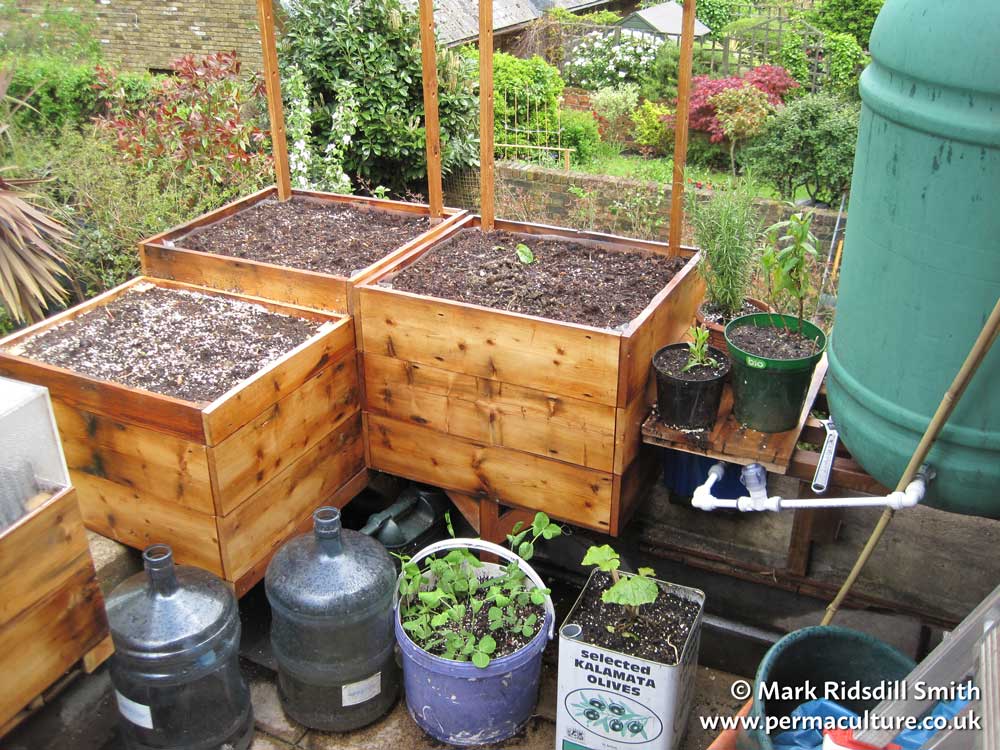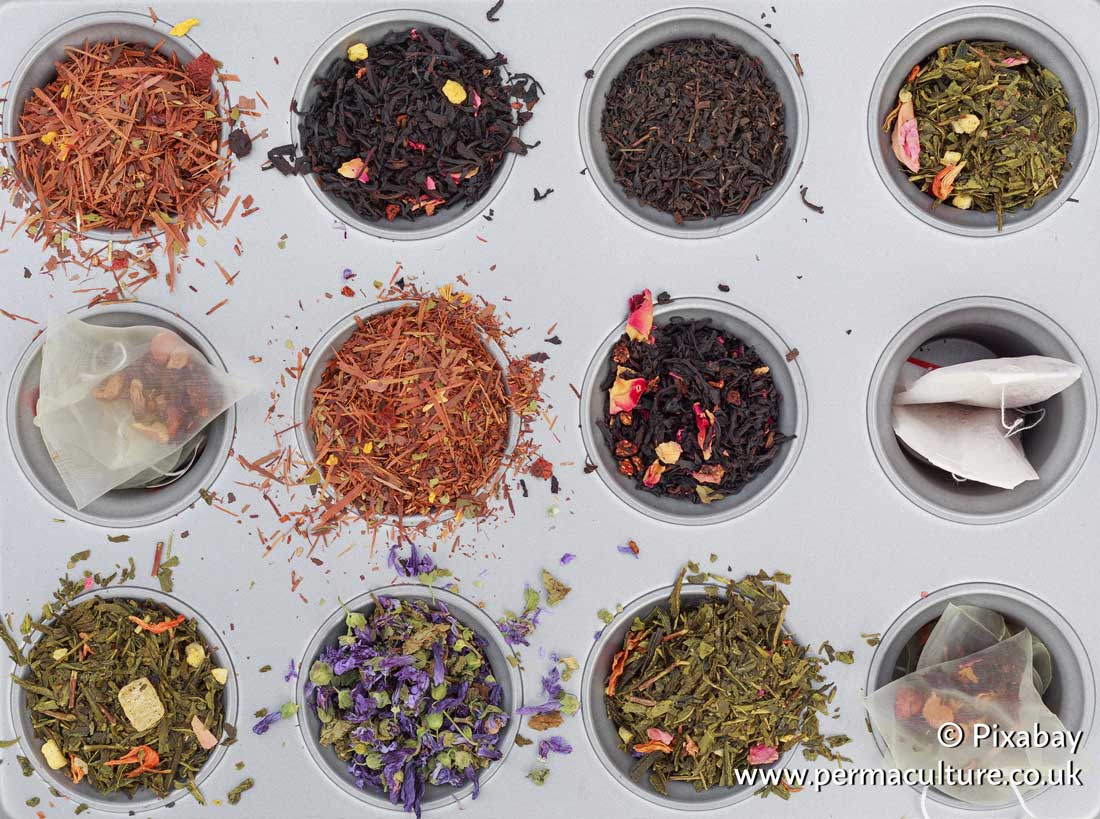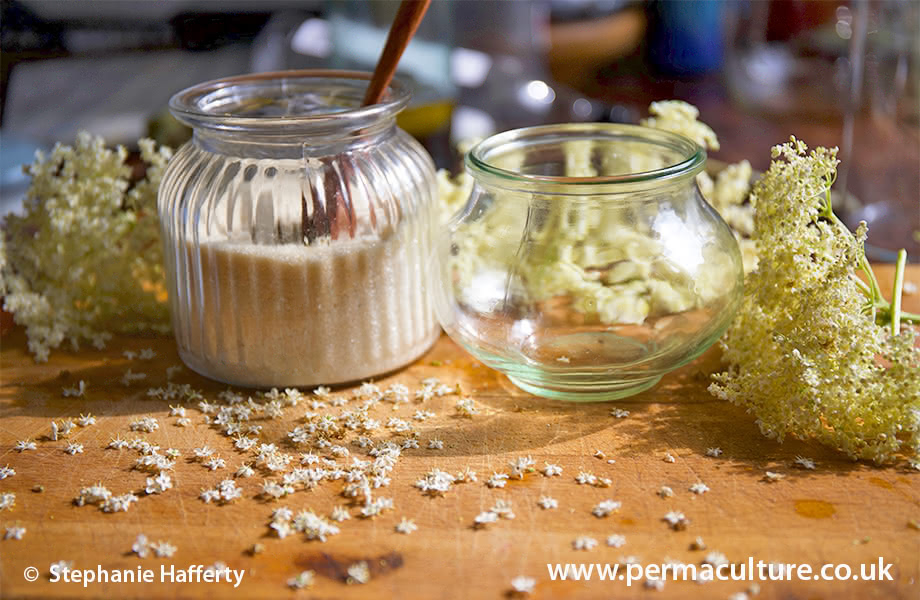Every day as the light begins to fall, I sit on the edge of the wood and listen to the birds and their evening song, subtler than the exuberant dawn chorus. The busy gathering of nesting material is almost over for many species and the business of laying eggs is beginning. The long-tailed tits have been gathering spiders’ webs beneath the roof of the woodstore to weave into their nests. If I sit very still, they come within inches of me to forage for the silk. I love the delicate pink of their breasts.
I’ve been watching the goldcrests coming down from the oak canopy and neighbouring pines. I haven’t seen them over the winter so I am delighted they are here, albeit briefly, before they return to Scandinavia to breed. A wren flies into a nearby tree and surprises me with the vigour of its song – such a little bird with such a big presence! And of course at least one robin is a constant companion when I’m outside. I recently learnt that robins follow wild boar through woodland (BBC Wild Isles). The boar disturb the soil with their rooting snouts and the robins benefit from the exposed worms. We gardeners and woodlanders also disturb soil and chop wood, offering up tasty invertebrates for them to eat, and so they follow us about our daily tasks. We have mostly replaced the niche of the wild boar. Occasionally, a roe deer creeps out across the ride, making its way along various deer tracks in the wood. Sometimes we both stay stock-still, observing each other until the deer has had enough and moves away into the undergrowth.
This time of stillness, of just sitting and being, is my favourite part of the day. It allows me to shed the complexity of my human life and I remember that I too can be a part of Nature if I make the space. It is also in these moments I remember my intention to give back as much as I can to this wood, and not to treat it like a ‘resource’ to mine. All my actions need to consciously contribute and my interventions be welcome and not diminish the wellbeing of the woodland and its wild creatures. This is not my playground or even my ‘land’, it is a home to many that I have the privilege to share for the time being. Life is fleeting and filled with the unexpected. Sitting here, I appreciate these gifts, these moments of living presence.
Like long-tailed tits, we have been weaving this magazine from many silken threads and connections. I am delighted to publish Brontie Ansell’s article ‘Giving Nature a Voice’. I admire the simple yet revolutionary act of the Whanganui Māori who regard the Whanganui River as a person and an ancestor. In 2017, New Zealand passed a law that declares that the river is a living person, a whole, from the mountains to the sea, incorporating all its physical and metaphysical elements. In 2019, Bangladesh followed suit and granted all its rivers the same rights as people. Can you imagine if all societies treated water, one of the building blocks of life, as a revered relation? We wouldn’t dump our sewage in it and pocket shareholder profits instead of investing in cleaning up our effluent. Every river would be as exquisite and as abundant as the chalk stream on this magazine’s cover. Currently, no river in Britain is free of pollution and our beaches are no longer safe for swimmers year-round.
I am also grateful that the bestselling author, Manda Scott, gladly accepted my request to write about ‘Thrutopia’ and creating pathways towards a better future. We know in our bones that ‘another world is possible’, but the same thinking that created this world will not enable us to devise a better one. So how do we weave new paths? The innovation needs to be collective, taking the embers of this world but making a fire with new materials. Manda has generously written about this difficult, emergent subject in three parts. Part one begins the series in this issue. As always, other authors have generously shared their ideas and experiences, a smorgasbord of wide ranging subjects, from the wonder of willow to crafting a community business.
Every one of us who picks up a seed packet, upcycles a piece of furniture or invests time and energy in a community project is a changemaker. These simple acts turn us away from the industrial growth model and into a place of greater self-reliance, creativity and connection with Nature. The minute we start to make small but incremental changes in our lives, we become agents for positive change and the ripples of our influence inevitably spread out around us. All the stories and people I meet through drawing these pages together every issue constantly inspire me. They nurture me just like the quiet encounters with the wildlife on the edge of the wood.
Maddy Harland and the Permaculture team
Celebrating the Seasons: Autumn’s wild edge – September to October
Living With the Seasons: Summer’s wild edge – June into July
Maddy Harland is the co-founder and editor of Permaculture magazine and author of Fertile Edges – Regenerating the land, culture and hope.











